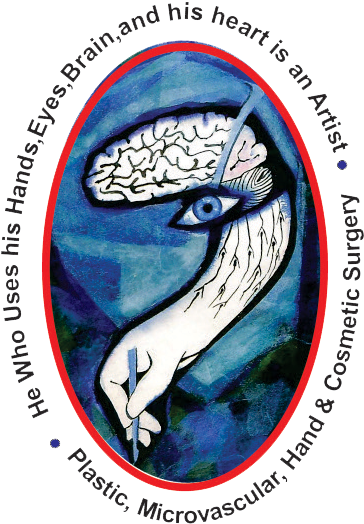Breast Augmentation
Breast augmentation is performed with implants (see below) that can be placed under a chest muscle or over a chest muscle. The incision can be placed in the axilla (armpit), areola (the area surrounding the nipple), or lower breast fold. In general, all breast augmentations are minimally invasive procedures. For augmentations in which the incision is made in the armpit, an endoscope (thin tube with a small camera and light) may be used during the procedure.
Breast implants are made up of a silicone shell filled with either saline (a salt water solution) or silicone gel. A woman determines her desired size by fitting trial implants. Currently, saline filled implants are used on an unrestricted basis. Silicone gel filled implants, once banned by the FDA, are available only to women participating in approved studies.
Breast augmentation is a relatively straightforward procedure. As with any surgery, some uncertainty and risk are expected. Know your concerns and expectations. Review the benefits, risks, and alternatives. Seek consultation with a board certified plastic surgeon.
Questions? We got Answers!
This is one of the most frequently asked questions by women considering this surgery. Many studies have shown that women who get implants are not at an increased risk for getting breast cancer. In addition, implants do not delay the detection of breast cancer. Numerous studies, as well as evidence from the National Cancer Institute, show that having implants does not hinder the patient or their physician in finding breast tumors. Finally, breast implant patients who do get breast cancer have the same chance of obtaining remission, or being free of cancer for 5 years, as women without implants.
Many women in their 40s and 50s have undergone breast augmentation surgery with good results. The most common patient for this surgery is a woman in her 30s with two children who has been considering this operation for many years. Whatever your stage in life, we encourage you to schedule a consultation to find the best path toward your cosmetic goals.
Pregnancy will change the size and shape of a woman’s breasts whether she has implants or not. These changes may adversely affect the cosmetic appearance of any augmented breast. It is usually recommended that pregnancy be postponed until 6 months after the surgery. Breast-feeding with implants is still possible and has been shown to be safe for the baby and the mother.
Women with sagging breasts, which is called “ptosis”, can also receive breast implants. Depending on how much the breast sags, an additional surgery may also be necessary. For breasts with nipples that droop below the lower crease of the breast, a breast lift surgery, or mastoplexy, is often required as well. This surgery will also add scars all the way around the nipple-areola unlike most breast augmentation surgeries. Without this additional surgery to remove excess skin, placement of the implant may not adequately correct the sagging.
This is often one of the most difficult decisions, and for many reasons, has the most potential for disappointment. During your consultation, your plastic surgeon will work with you to identify what size of breast you desire from augmentation. “Breast size” as measured by bra-size is variable and is often not a good way to measure final size. As a general rule, every 125-150cc of implant volume equals an increase in a single cup size. However, every patient’s body is different. By working with your surgeon and their clinical team, you can set obtainable and healthy expectations together. It is helpful for you to bring in a bra the size you would like to be to help in finding the right sized implant for you.
Most women will have loss of some feeling or sensation following breast augmentation surgery. For most of them, this lasts 6-12 months before returning to normal. 15% of women, however, have permanent alterations in nipple sensation.



